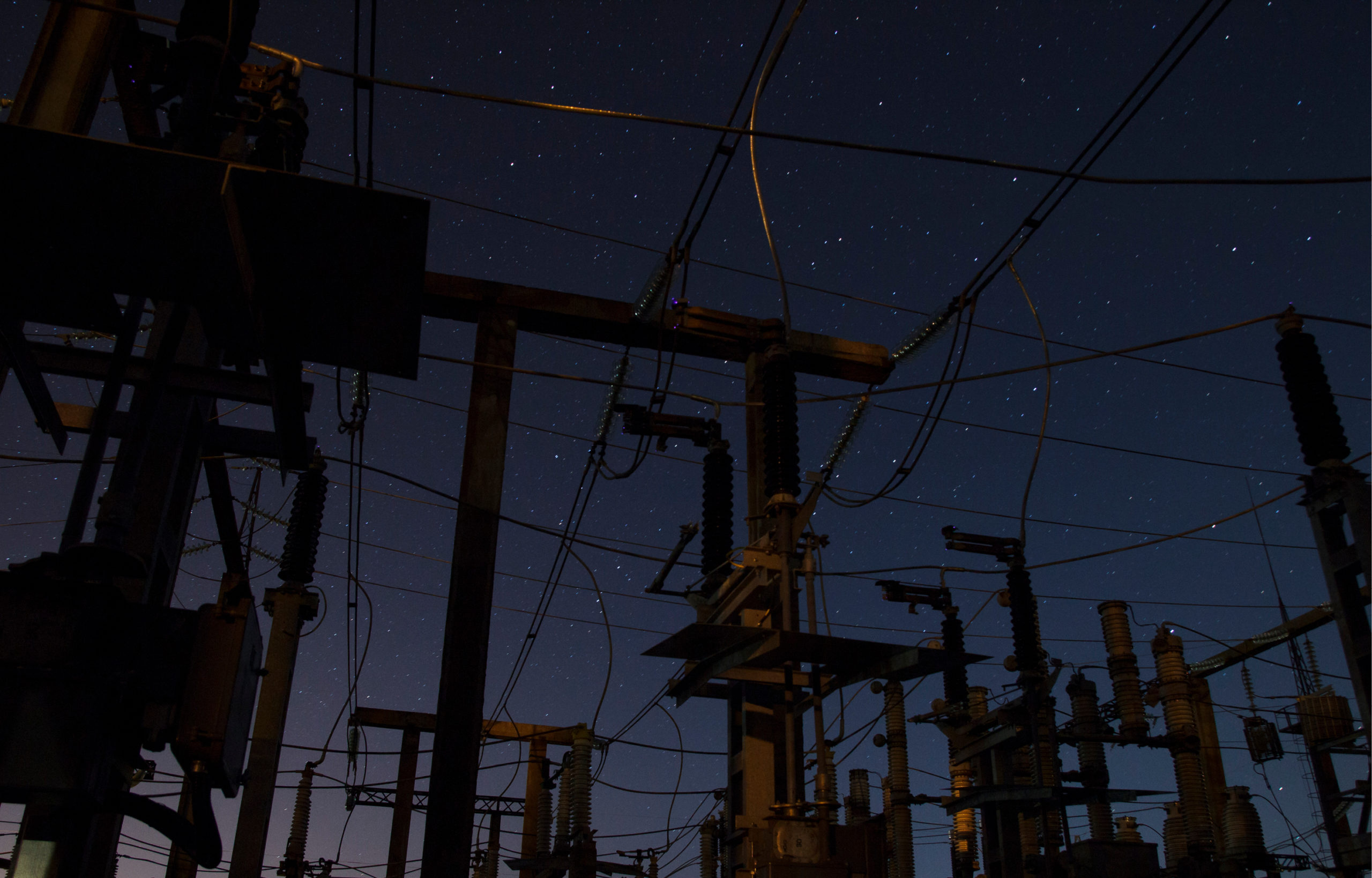Just when you thought the semiconductor shortage couldn’t get any worse, more bad news is coming from Taiwan—home to about two-thirds of global chip manufacturing capacity. The island’s economy is grappling with water and power shortages, as well as a spate of factory fires and a surge in COVID cases.
Semiconductor fabs are huge consumers of water, using it for cleaning wafer bases, etching patterns, polishing, rinsing and other functions. The leading chip maker globally, Taiwan Semiconductor Manufacturing Co. (TSMC), reported using 156,000 metric tons of water per day at its Taiwanese manufacturing facilities in 2019, while United Microelectronics Corp. (UMC) reported daily consumption of 31,500 metric tons in that year. To cope with the current water shortages and avoid production delays or worse, these two firms and others have started contracting for water deliveries by truck, according to reporting by the Wall Street Journal. TSMC has also said it is seeking groundwater supplies from construction sites.
The water shortages stem from below average rainfall in the late-summer and early-fall typhoon season last year—coupled with extraordinary economic growth of 8% in the first quarter of 2021. The government has begun drilling more wells and building new infrastructure to move water from the wetter north of the island.
But over the longer term, increasing temperatures associated with climate change will likely make for stronger typhoons over the Pacific, but also alter storm tracks, depriving Taiwan of precipitation. A key strategy to cope will be increasing water storage capacity, according to Wu Ray-shyan, executive vice president of the National Central University and a hydrology and water resources expert who was interviewed by Nikkei Asia.
Warming temperatures are already contributing to increased demand for air conditioning, power shortages and regional blackouts. And the water and power problems come at a time when Taiwan is experiencing a late May surge in COVID cases. The administration of President Tsai Ing-wen ordered two weeks of school closures and urged employers to take measures to control infection among workers.
In addition to these challenges, manufacturers and logistics facilities on the island have been damaged by fires. Resilinc’s EventWatch has reported seven factory fires—including one at a Unimicron plant that manufactures printed circuit boards and integrated circuits—and one fire at a logistics facility, since January 1, 2021.
While factory fires are common around the globe—factory fires have been the type of disruption most commonly reported by Resilinc’s EventWatch platform for the last two years—Taiwan’s water and electric power challenges have characteristics unique to the island. Solving them will take many years.
“The last time Taiwan built large infrastructure for either power plants or reservoirs was a very long time ago,” said Wu. “Large infrastructure takes 10 or even 20 years from planning to completion. What Taiwan needs is long-term development planning—undisrupted by the rotation of political parties—for utilities over the next 30 to 50 years.”
Given Taiwan’s dominance in semiconductor manufacturing and its strong position in a variety of technologically sophisticated products, decoupling from Taiwan to improve resiliency will be a risky strategy at best for many OEMs. But a thorough supply chain mapping and visibility effort can give OEMs a clear picture of their multi-tier dependencies on Taiwanese firms, and an event monitoring system can provide early alerts to future water and power shortages like those that have roiled Taiwan this year.





